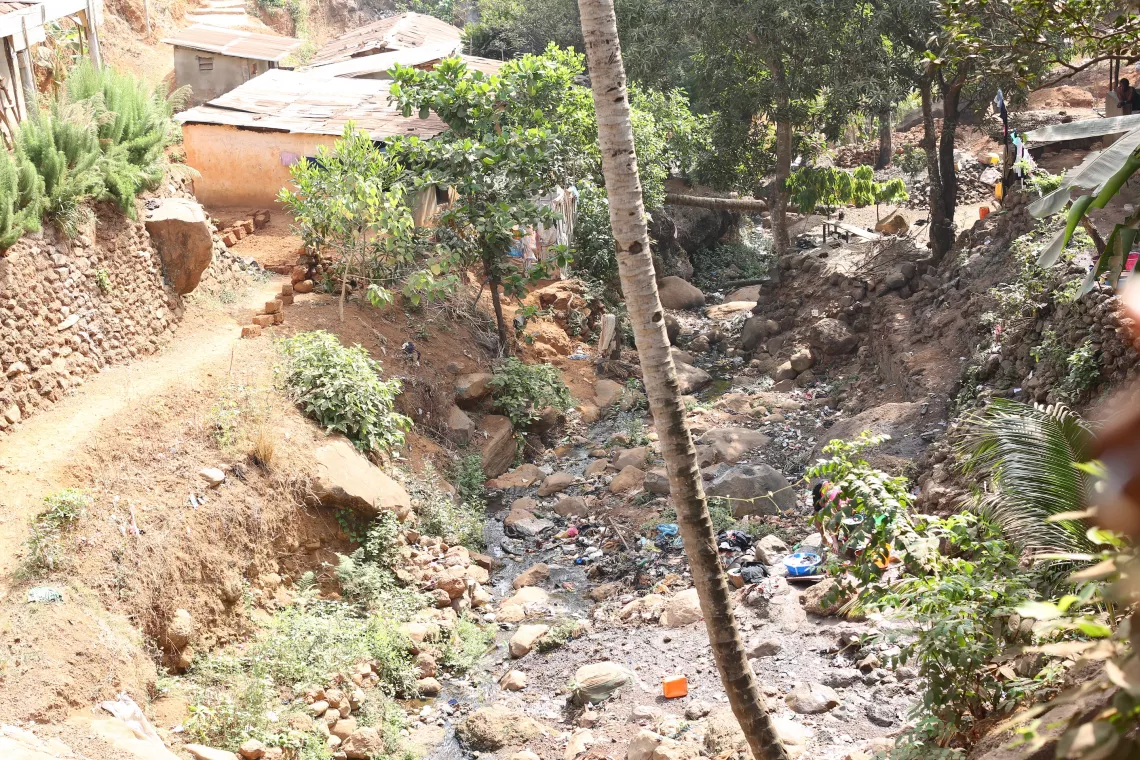Written By: Faith Jemosop
In a major step toward climate resilience and food security, Kenya has secured a KSh 34 billion (USD 227 million) financing agreement with the International Fund for Agricultural Development (IFAD). The funding, spread over the next eight years, will support the new Integrated Natural Resources Management Programme (INReMP), a bold initiative that aims to revolutionize agriculture, protect natural ecosystems, and uplift rural livelihoods across the country.
This agreement marks one of the most ambitious climate-smart agriculture projects in Kenya’s recent history and is expected to benefit over 2 million people across 10 counties.
What the INReMP Programme Will Achieve
According to the Ministry of Agriculture and Livestock Development, the KSh 34 billion will be channeled into four main areas:
1. Climate-Smart Agriculture
At the heart of INReMP is the scaling up of climate-smart agricultural practices. These include:
- Drought-resistant crops and seeds
- Efficient water-use technologies such as drip irrigation
- Improved soil fertility through organic and regenerative farming
- Promotion of diversified farming systems to increase food and income security
By adapting farming to changing climatic conditions, smallholder farmers, who make up 75% of Kenya’s agricultural producers, will become more resilient to drought, erratic rainfall, and land degradation.
2. Agroforestry and Reforestation
Kenya’s critical water catchment areas, particularly in the Rift Valley and highland regions, are under threat from deforestation and land mismanagement. INReMP seeks to reverse this through:
- Large-scale tree planting initiatives
- Promotion of agroforestry (trees grown on farms for fuel, fodder, and soil health)
- Restoration of riverbanks, wetlands, and degraded hillsides
These efforts will not only revive water sources but also reduce the risk of floods and landslides, which have intensified due to climate change.
3. Rural Empowerment
Over 2 million rural residents, many of whom are women and youth, will benefit from the programme through:
- Access to climate-resilient technologies
- Extension services and training
- Formation of cooperatives and farmer groups for better market access
- Micro Financing and business incubation
Empowering rural communities is seen as key to achieving both climate adaptation and economic transformation.
4. Sustainable Land and Water Management
Kenya loses over 30% of its agricultural productivity annually due to soil erosion and poor water management. INReMP aims to tackle this by:
- Promoting terracing, contour farming, and soil conservation
- Constructing water pans and harvesting systems
- Restoring natural vegetation to act as windbreaks and reduce evapotranspiration
The project will focus on 10 counties, including those in the Arid and Semi-Arid Lands (ASALs), where climate change has hit hardest.
Also read: Climate Change and Urban Growth Could Double Malaria Risk in Africa by 2100
Why This Project Matters Now
Kenya is facing a triple threat of climate change, food insecurity, and ecosystem degradation. More than 4 million Kenyans were food-insecure at the peak of the 2022–2023 drought, and many regions are still struggling to recover.
Climate models project that extreme weather events, including floods, droughts, and heatwaves, will become more frequent and severe. This is already evident in the increasing number of flash floods, drying rivers, and unpredictable seasons.
The INReMP programme is designed not just as a short-term fix but a long-term strategy to future-proof Kenya’s agriculture and natural resources.
Kenya’s Commitment to Green Development
This latest financing deal reflects Kenya’s broader commitment to sustainable development. The country is already recognized as a leader in clean energy, with over 90% of its electricity coming from renewable sources like geothermal, wind, and hydro.
With the INReMP project, Kenya is extending this leadership into the agricultural sector, pioneering a model where food systems and climate action work hand in hand.
IFAD President Alvaro Lario praised Kenya’s initiative, stating:
“Kenya is setting a powerful example for Africa. When you invest in small-scale farmers, you’re not only securing food, you’re building resilience, creating jobs, and restoring nature.”
Challenges That Lie Ahead
While the promise of INReMP is significant, successful implementation will require:
- Effective coordination between national and county governments
- Close collaboration with farmers, civil society, and local organizations
- Transparent management of funds to avoid leakages
- Robust monitoring and evaluation systems
In the past, similar programmes have stumbled due to weak accountability and limited local buy-in. Stakeholder engagement will therefore be crucial to INReMP’s success.
climate-smart agriculture requires behavioral change among farmers, which can take time and persistent effort. Government agencies and extension workers will need to play an active role in education, demonstration, and follow-up.
Also read: Why Adaptation Delays Are Putting African Lives at Risk
Experts believe that if Kenya can execute this plan effectively, it could become a blueprint for other African nations.
Sub-Saharan Africa is home to 60% of the world’s uncultivated arable land, yet it spends over $35 billion annually on food imports. The region holds massive potential to feed itself, and the world, if it invests in smart, sustainable, and scalable solutions.
The INReMP programme may not solve all of Kenya’s agricultural challenges overnight, but it is a bold step in the right direction. It reflects a shift from reactive emergency responses to proactive climate adaptation.






